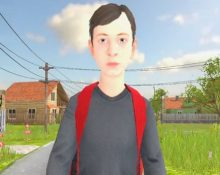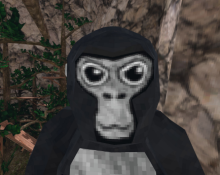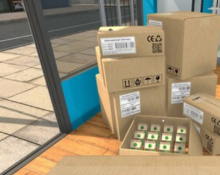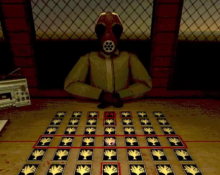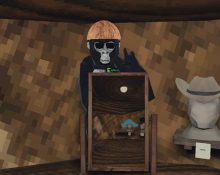That’s not my Neighbor
Advertisement
That’s Not My Neighbor redefines the horror genre with a 2D simulation that immerses players in the role of a doorman at an apartment complex from the year 1955. The game introduces a riveting narrative where the mundane responsibilities of a doorman intertwine with the extraordinary challenge of identifying malevolent doppelgangers among the tenants. Developed by Nacho Sama and available for download on Itch.io, the game has garnered attention for its unique blend of simulation and suspense, inviting players into a world where vigilance is paramount.
Identifying the True from the False
The primary challenge in That’s Not My Neighbor lies in distinguishing the real tenants from their doppelganger counterparts. These sinister entities mimic human appearance and behavior, posing a significant threat to the apartment’s safety. Players must use a variety of tools and techniques to verify each individual’s identity, including checking IDs, confirming apartment allocations, and making phone calls to ensure the authenticity of the tenants. With each encounter, the tension escalates, testing the player’s judgment and ethical considerations.
Tools of the Trade
Before diving into the responsibilities that come with being the apartment complex’s first line of defense, players are equipped with an array of tools designed to aid in the identification process:
- The Desk Phone: Vital for communication with the employer, D.D.D., offering guidance and support.
- Checklist Pads: Essential for logging guests’ personal and professional details accurately.
- Observation Window: Allows for the careful inspection of guests, spotting any doppelganger discrepancies.
- Entry Buttons: Used to grant or deny access based on the player’s judgment.
- Documentation Folders: For organizing completed checklists and keeping track of tenant information.
- Alarm Button: A critical tool for alerting authorities upon confirming a doppelganger threat.
- Document Transfer Hatch: Facilitates the safe exchange of documents, minimizing direct contact with potential doppelgangers.
The Menace of Doppelgangers
The adversaries in That’s Not My Neighbor, known as doppelgangers, are entities capable of an almost perfect replication of human features, behaviors, and partial memories. The uncertainty behind their motives adds an eerie mystery to the game, placing the safety of the apartment’s residents squarely in the player’s hands. The presence of doppelgangers introduces a constant threat, requiring players to remain vigilant, discerning, and prepared to act decisively to prevent these impostors from infiltrating the living spaces of unsuspecting tenants.











